Preventive Maintenance of Equipment: These definitions and thoughts of dedicated people to maintain, with years of professional experience, all agree that handling equipment, involves not only performing maintenance, supplies, fuel, oil changes, or repairs, but these activities with economic outlook and knowledge of the costs involved, not only to know them but to control and manage them.
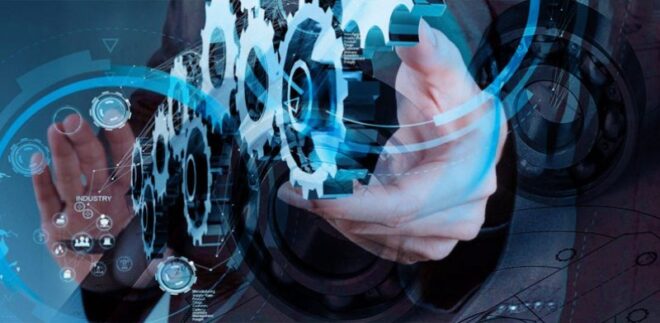
Preventive maintenance of crane
Maintenance manager
Managers of preventive maintenance of equipment who have precise control of the management of reports, follow-ups, and knowledge of the actual total costs of their operations are valuable people, in their company, or organization.
The power of this information, and of this knowledge, can be used for the financial planning not only of your section but of your organization.
- These fleet costs are only part of the integral photo of the organization.
- If a fleet manager does not know these costs, someone else will use some, part or maybe incorrect information, to make decisions for you.
- Your job as a fleet or equipment manager is to generate the correct information, using consistent collection methods, defend them and make recommendations, based on the correct data.
- This will help management not misinterpret operating costs and make decisions in the company.
“If the organization is structured in such a way that every problem that impacts the performance of the equipment is known, quantified, and communicated through the organization, the effort in maintenance (really maintenance management) can be extremely effective Manage your problems or better yet avoid them. “
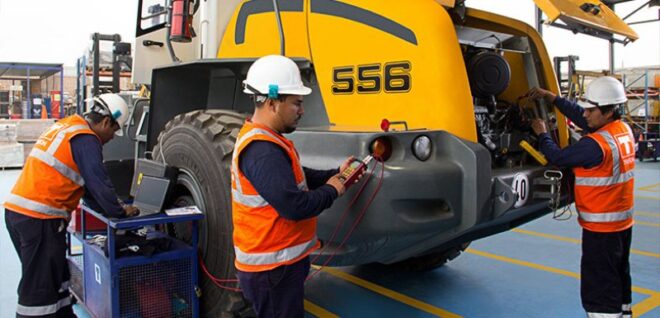
Situational leadership
The following is true for most activities including maintenance:
- You can not handle what you can not control.
- You can not control what can not be measured.
- It can not be measured without a goal.
- Without a goal, it can not be improved.
We see that in the modern vision of maintenance and its management, there is also an emphasis on planning, control, improvements, training, and procedures, as in the theory of management.
Managers’ preventive maintenance of equipment, in order to analyze and carry out the continuous improvement of any process, it is necessary to know the technical issue, the tasks performed in them, and the objectives that are pursued. A change in an administrative process can affect a technical parameter.
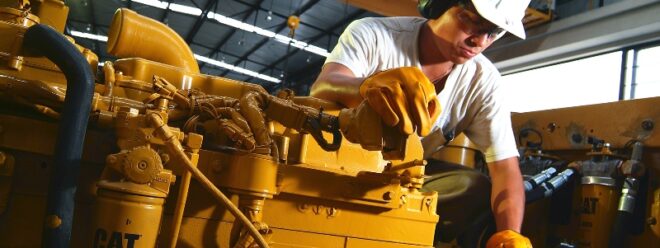
Information flow in a company
An administrative system and an efficient flow of information, are not the solution per se of the problems that arise in the management of equipment maintenance.
An adequate organization and an adequate flow of information will allow us to know, through the data and information, in time, when a problem exists and will allow us to act more efficiently.
- Many times the solution is completely technical.
- Other times the solution can be administered.
- It is for this reason that we consider that the person in charge of the management of equipment cannot be only an administrator.
- It must have solid base in engineering and have a great perspective in administrative management.
- It is for this reason that we will explain some engineering technical concepts, inherent in maintenance management.
- In order to have a broader idea of the context and the parameters to analyze in order to perform quality maintenance.
- In this way, the need to have adequate maintenance management and the importance of having a policy of continuous improvement will be understood.
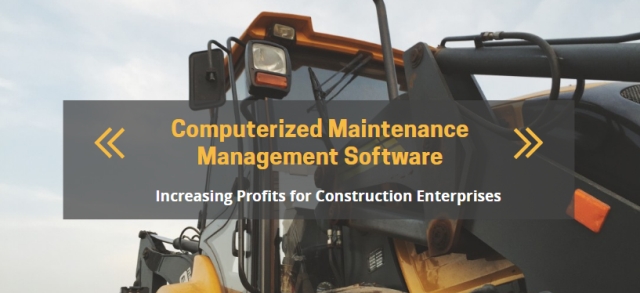
Crane preventive maintenance checklist
Maintenance Mechanic
Technical concepts about mechanical maintenance: The maintenance tasks are divided into two main groups:
- Scheduled maintenance
- Unscheduled maintenance
Within scheduled maintenance, we have:
- Preventive maintenance
- Predictive maintenance
- Planned corrective maintenance or backlogs
Within the unscheduled maintenance, we have:
- Unanticipated corrective maintenance
The difference between the expected corrective maintenance and the unforeseen events is that the former is the result of an inspection or previous evaluation, carried out in any of the programmed maintenance.
The seconds occur unexpectedly and are much more expensive because they include pieces that are not normal change in addition to being accompanied by hidden costs because of production stoppages.
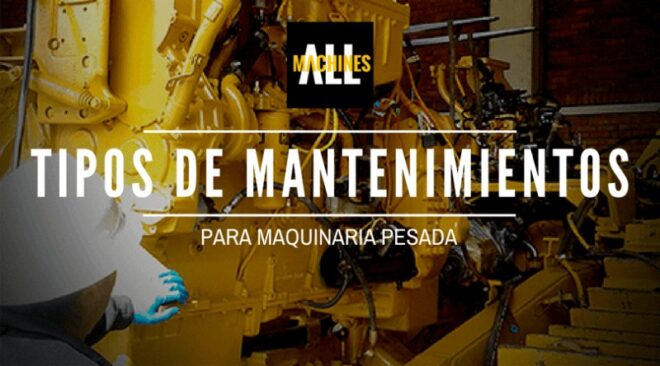
Preventive Maintenance
It consists of carrying out the tasks of lubrication, lubrication, and minor or major repairs scheduled (before the failures occur), indicated in the guidelines and/or maintenance and lubrication manuals, delivered by the manufacturers when a machine is purchased.

Predictive Maintenance
It consists of carrying out program evaluations, in order to obtain the operating parameters of the machines and compare them with the parameters given by the manufacturers. It includes visual and auditory inspections, in order to discover noises or signs outside of the expected.
Corrective maintenance
It consists of carrying out repairs after the failure has occurred. It is a type of activity that can be programmed (backlogs) or not scheduled.
If the maintenance is scheduled, it has come from an inspection of condition monitoring or preventive or predictive maintenance service, which means that there will be a programmed and coordinated paralysis with the works area.
It will not cause greater expense than the minimum necessary and foreseen, but if it is not programmed it will mean an unexpected stop of the machine, with the inherent consequences, such as the delay of the work, cost of replacement of more expensive machines, payment to the administrative staff with the paralyzed work, repercussion in other fronts of work, which will have to suffer also unexpected paralysis.
Scheduled corrective maintenance requires fewer parts than the unscheduled ones. Normally unscheduled repairs involve replacement parts that normally should never be changed, or very infrequently.
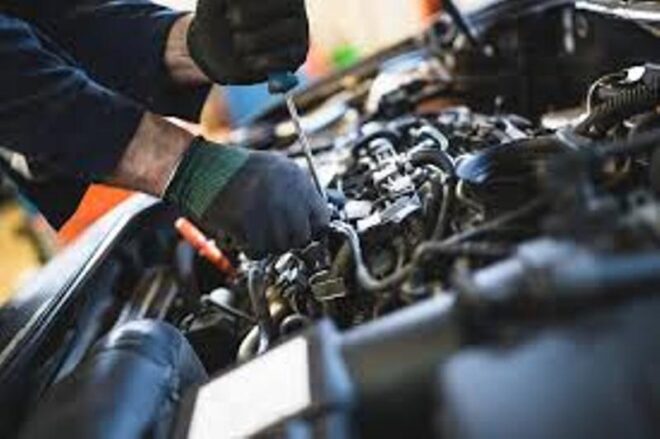
Software maintenance
Monitoring of machinery: Technology gives a boost to the evolution of the concept of maintenance since it allows to take advantage of information related to fault diagnosis.
Electronics and digital, radio, and satellite communications allow obtaining and knowing data of the most important parameters of the operation of the machines (with the help of sensors, transmitters, and receivers), which are sent to the manufacturers’ servers, so that, by means of software that serves as an inter-phase HMI (human-machine interface), this information can be accessed in order to be used to prevent magnitude failures.
The monitoring of conditions added to an evaluation of the planning of the production and of the work cycles of the machines, will lead to the maximum performance of these in work and therefore to the maximization of the good use of the resources, which it means maximization of productivity, with the economic benefits that this brings. (Preventive Maintenance of Equipment)
Pollution control
Due to the technological development and the demands and efforts to which the machines are subjected, the manufacturers design machines with more precise tolerances between the pieces.
The lights (spaces or clearances) between pieces that have relative movement with each other are very small.
As these parts have relative movements, there must be a lubricant between them, which avoids the direct contact between the parts and thus avoid wear due to friction or abrasion, among others.
What is equipment maintenance schedule?
Regular maintenance of equipment is an important and necessary activity. The term ‘maintenance’ covers many activities, including inspection, testing, measurement, replacement, and adjustment, and is carried out in all sectors and workplaces. Maintenance can be a high-risk activity.
Regular maintenance of equipment is an important and necessary activity. The term ‘maintenance’ covers many activities, including inspection, testing, measurement, replacement, and adjustment, and is carried out in all sectors and workplaces.
It has a vital role to play in reducing the risk associated with some workplace hazards and providing safer and healthier working conditions. Insufficient/inadequate maintenance can cause serious (and potentially deadly) accidents or health problems.
“all work equipment be maintained in an efficient state, in efficient order, and in good repair.”
Machinery that has a maintenance log needs to be kept up to date and maintenance operations need to be carried out safely
Preventive Maintenance of Equipment
Establishing best practices in production maintenance is an achievable goal. The first step of any journey to best practices is to gather as much data as possible on machine downtime, meantime-between-failure, parts spend, tech utilization, technician response time, and percentage of deliveries made on time.
Preventive maintenance is maintenance that takes place before something breaks down. It is a time-based or meter count-based approach that is carried out at predetermined intervals to reduce failure risk or performance degradation of assets.
Preventive maintenance assures optimal working conditions and conserves the life span of the equipment. Time savings. Planned preventive maintenance may cause a small hindrance to production, but that is nothing compared to actual downtime caused by a breakdown.
Preventive maintenance is defined as regularly scheduled inspections, tests, servicing, replacements, repairs, and other tasks intended to help reduce the impact and frequency of equipment failures. This includes scheduled preventive maintenance, predictive maintenance, and inspection activities.
The most read
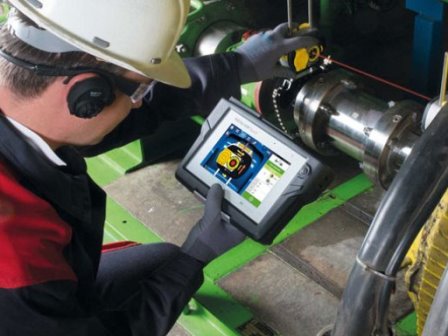
Heavy Equipment Maintenance
Hydraulic Excavator: brands and models, characteristics, the capacity of the bucket, how to operate a construction machine, types and models. Construction crane
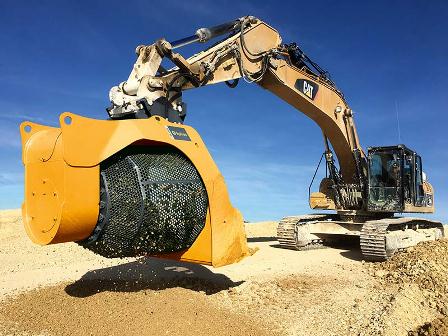
Hydraulic Excavator – how does it work?
Hydraulic Excavator: brands and models, characteristics, the capacity of the bucket, how to operate a construction machine, types and models. Construction crane
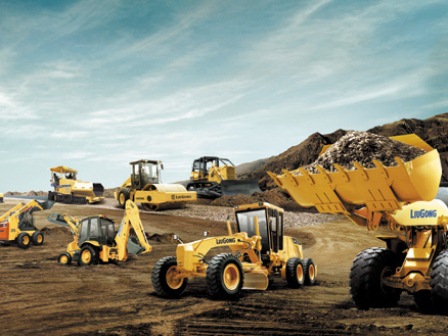
Construction Equipment Rental
Cranes and construction machinery, annual report of rental prices of construction machines in the world.
